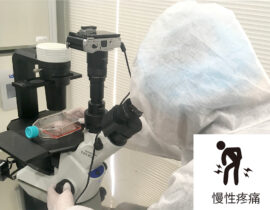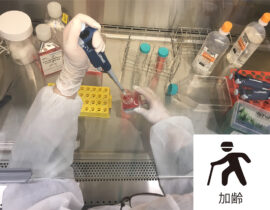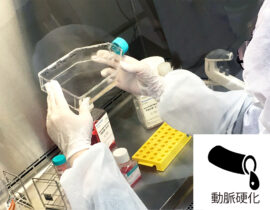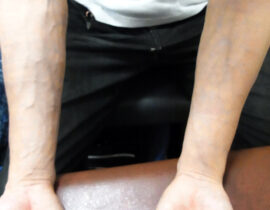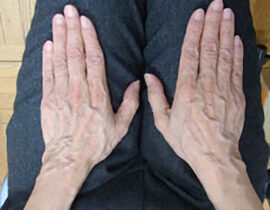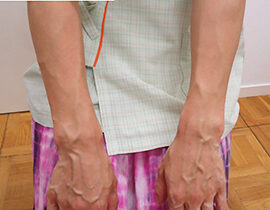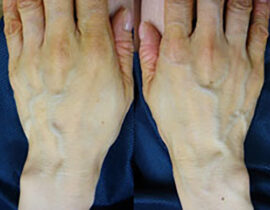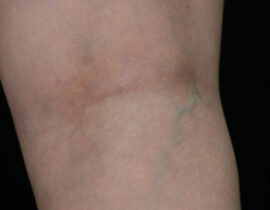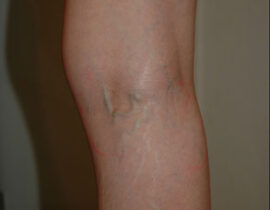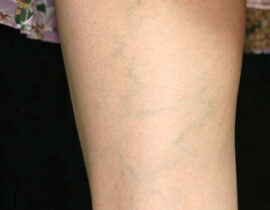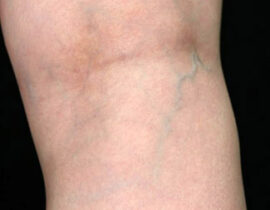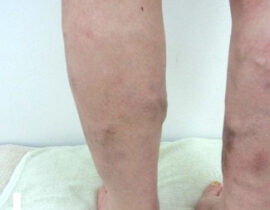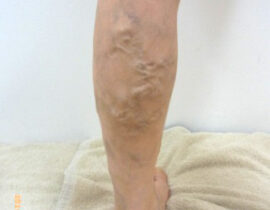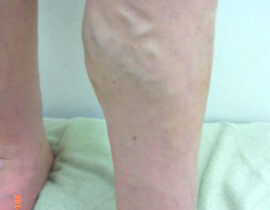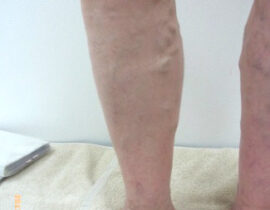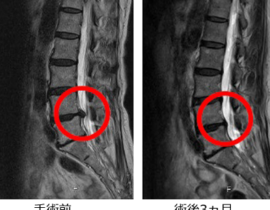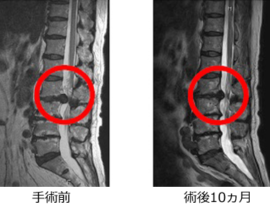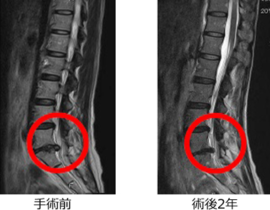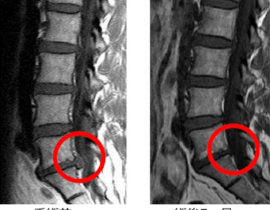Mechanism for Endvenous Laser Treatmentdoctor-blog
Veins contain leaflet valves that prevent blood from flowing backwards (reflux). If the valves don’t seal properly, converging veins running inside of the lower limbs will allow reflux, resulting in backed up blood mounding visibly to the surface of the skin. That refluxed blood will accumulate in the veins of the calves and thighs, swelling and twisting until a breakage in the blood vessels, resulting in varicose veins. The goal of varicose vein treatment is to stop the reflux by focusing the energy of laser to scar and seal veins. In endovascular laser treatment, a laser fiber is passed through a thin tube needle that has been inserted into the target blood vessel. Application of the laser will contract the vein by heating in the end inner walls until it seals. Figuratively, it is like flattening a tire – as the air of tire is released, the walls lose form and pressure is relieved. In the blood vessel, after sealing, reflux stops along with general blood flow. Over time, the vessel slowly shrinks, eventually disappearing altogether. Treated vein tissues undergo scarrin
This is the summary of varicose vein endovenous laser treatment and how laser fibers can be inserted into refluxed veins, occluding such blood vessels by irradiating their walls from the inside.
There are several theories about the specific mechanisms of vein occlusion by laser. However, two of these theories stand out as the most widely accepted. The first one is that the blood rises in temperature as the laser’s energy is absorbed into the hemoglobin within the blood, reaching temperatures above 1000℃. The tip of the fiber becomes carbonized, and the vessel wall degenerates, thus resulting in endovascular occlusion. The other theory is the idea that the blood vessel becomes occluded because laser energy is absorbed into the water within the vessel walls, which makes the wall itself contract and shrink. Vessel walls are composed of 70% water, so lasers that are absorbed by water can contract vessel walls efficiently. Lasers that are used for varicose vein treatment should be tuned for the wavelengths at that hemoglobin or water can easily absorb.
Additionally, laser wavelengths that are easily absorbed by water are considered to have greater curative effectiveness than those that are more easily absorbed by hemoglobin.
The four wavelengths of lasers currently used for varicose vein treatment are 980nm, 1320, 1470, 2000nm. The first two wavelengths (980nm and 1320nm) are absorbed into both hemoglobin and water, whereas the last two (1470nm and 2000nm) are absorbed into water specifically. The rate at which a laser’s energy is absorbed into water is called the water absorption coefficient, and the laser wavelength with the largest coefficient is 2000nm.
To give an idea of the differences in water absorption coefficient between the different wavelengths, if the coefficient of the 980nm laser is 1, then the coefficient of 1320nm laser is 1.5. The 1470nm would be approximately 40 and 2000nm would be approximately 300. When considering that greater water absorption coefficients result in greater curative effectiveness, the 2000nm laser stands out as the most superior amongst the aforementioned wavelengths of lasers.
There have been some reports about the 2000nm laser not delivering the best results. However, it is unclear whether such reports are from cases that are performed in proper conditions because irradiation output and tractive speeds are not clearly indicated. Additionally, the reports seem to contradict themselves in agreeing that higher water absorption coefficients result in better therapeutic effectiveness.

